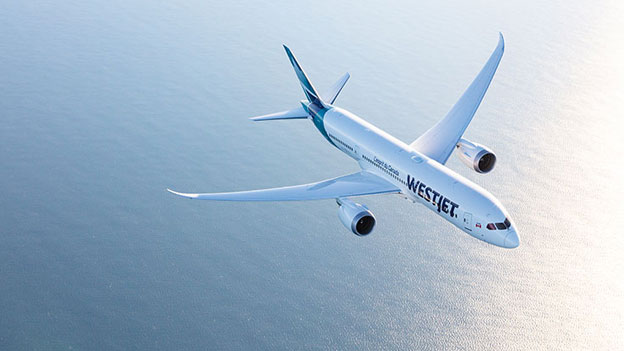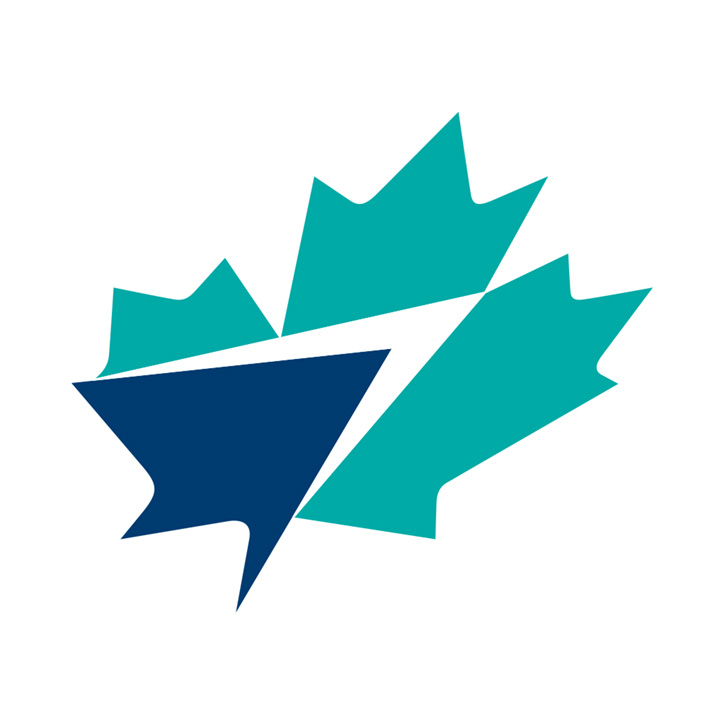The truth about flight prices – responding to the National Post

Just as the Canadian airline industry is struggling to its feet and dusting itself off, the National Post’s Sabrina Maddeaux writes an opinion piece with the headline “flying in Canada is silly expensive – time to open Air Canada and WestJet to competition”.
Let’s break it down, with facts.
Before WestJet started flying more 25 years ago, only 18 per cent of Canadian adults travelled by air. Today, 50 per cent of Canadians travel by air, while over the same period, average airfares have declined by 45 per cent. WestJet has over the last decade expanded into many smaller communities through WestJet Encore where on average, in city after city, fares fell by 30 per cent or more while traffic increased anywhere from 50 to 70 per cent. More people were afforded the opportunity to fly, and prices have fallen.
Average fares today are lower than they were in pre-pandemic October 2019, and we currently have more than 1 million seats available for sale to travel within our network with base fares under $100. This demonstrates that base fare pricing is only part of the story when addressing air fares.
Fee inflation – a crisis in itself
As the pandemic decimated the world, Nav Canada, our air navigation service provider, announced a 29.5 per cent fee hike to the airlines. Just about every major airport in Canada increased their airport improvement fees (AIF) by anywhere from 30 to 52 per cent. By way of example, the Winnipeg Airport Authority raised their AIF from $25 to $38. Of every $100 spent on airfare in Canada, 24 per cent goes to regulatory fees. In the U.S. it’s 15 per cent, Europe 11 per cent and 8 per cent across Australasia.
While base fares fluctuate to accommodate supply and demand, third party fees are structured as fixed charges and applied to all tickets despite weak or strong demand, dramatically impacting the affordability of air travel in Canada and suppressing Canada’s economic recovery.
Simply put, Canada has the highest regulatory cost burden in the world.
Canada’s sheer size and small population
Ms. Maddeaux goes on to write that Canada’s cost per 100 kilometres travelled was 2.1 times higher than in the United States, 2.8 times higher than in New Zealand and 3.6 times higher than in Portugal. Let’s be clear; those countries have, respectively, population densities that are 9, 4.5 and 27.5 times higher than Canada’s. When we live in a country that is the second largest in the world by area, it’s more expensive to cover 100 kilometres.
Allowing foreign carriers to come in and cherry pick what they believe to be the most lucrative routes would see perhaps Toronto, Montreal, Calgary and Vancouver served by these carriers, leaving dozens of smaller communities cut off from connectivity to major cities. WestJet alone serves almost 40 communities in Canada and many others are served by other airlines. We would not see foreign carriers in Grande Prairie, Deer Lake, Sydney, or Kamloops to name but a few.
WestJet has driven down air fares over the last 25 years, while at the same time the number of Canadians flying has almost tripled. We haven’t stopped there. Just over three years ago, we launched Swoop as Canada’s first coast-to-coast and international ultra-low-cost carrier and in that time, more than three million passengers have flown with Swoop.
While we continue to drive air fares lower, the taxes and fees associated with air travel have only gone up. We believe this points very clearly to where we need to start.

